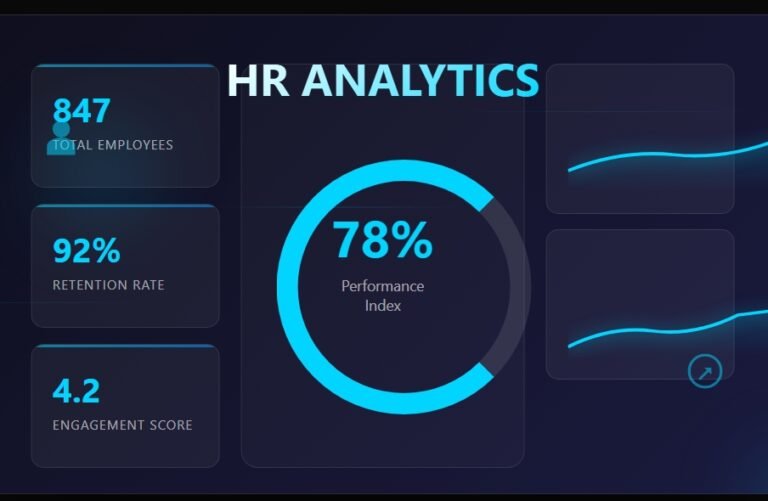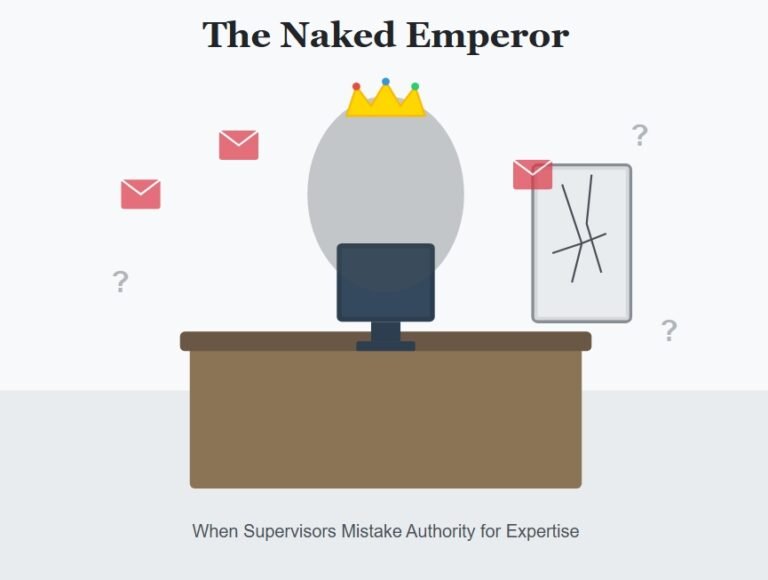HR needs to develop a strategy that is aligned with the capabilities needed to implement
the organization’s overall strategy. Becker, Huselid, and Beatty wrote in The Differentiated
Workforce that HR must shift its focus from employees to one strategy, and it needs to
commit to diverting a greater share of its resources from developing the entire workforce
to developing strategic talent. It needs to “assess the big picture” and get out of the weeds.
For the HR strategic process, the steps are similar yet more specific.
1. Assess the big picture. Get an understanding of the organizational context and the
previous strategic plans. Identify what goals will involve HR processes and support.
2. Do a SWOT analysis, which will review the matters affecting the people side of
the business. PEST analysis will also be used in this stage.
3. HR’s own mission and vision statements need to be either created at this phase or
reviewed. They need to reflect and fit into the organization’s overall strategies.
4. Conduct a detailed HR analysis, which would include a thorough review of the
current systems and processes in place. The goal in this phase is to identify gaps
that may exist with current systems/processes and future system needs. The focus
is generally on the total rewards, talent acquisition, performance management,
and training/development functions. Here again, a SWOT analysis and PEST
analysis could be utilized. Addressing these gaps to align with the organizational
direction is the crux of the HR strategy.
5. Determine what are the critical people issues. During this phase, the future talent
needs and the existing workforce will be compared. The gaps are considered and
addressed with a strategic plan of action. An example is when a plant is going to
bring in new automated equipment. How does that affect the current workforce?
Will there be a need for retraining to operate the new equipment? Will there be a
need to reallocate workers to a different job or downsize?
6. Develop HR’s own goals, metrics, consequences, and solutions. At this phase, the
specific actions HR will take and how they will be measured occur. Audits and
balanced scorecard tools may be utilized.
7. Developing an implementation and evaluation plan is the last step. Here HR
will provide clear direction on the resources, risks, timing, and support that each
of their goals and initiatives will require. A project Gantt chart may be used as
additional support for budget requests.



